Venerated in Roman Catholic Church | ||
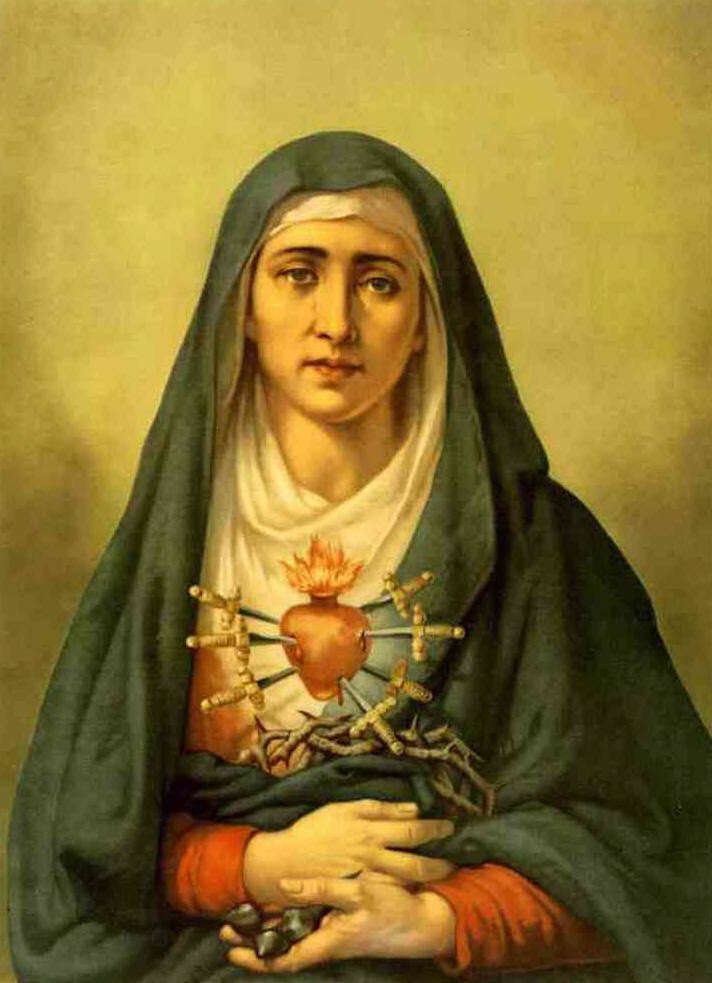 | ||
Attributes Blessed Virgin Mary in mournful state, tears, bleeding heart pierced by seven daggers Patronage | ||
My chemical romance our lady of sorrows lyrics
Our Lady of Sorrows (Latin: Beata Maria Virgo Perdolens), Our Lady of Dolours, the Sorrowful Mother or Mother of Sorrows (Latin: Mater Dolorosa), and Our Lady of Piety, Our Lady of the Seven Sorrows or Our Lady of the Seven Dolours are names by which the Blessed Virgin Mary is referred to in relation to sorrows in her life. As Mater Dolorosa, it is also a key subject for Marian art in the Catholic Church.
Contents
- My chemical romance our lady of sorrows lyrics
- Seven Sorrows of Mary
- Western Christianity
- Eastern Christianity
- Our Lady of Compassion
- The Seven Dolors of the BVM
- Patronage
- Gallery
- References
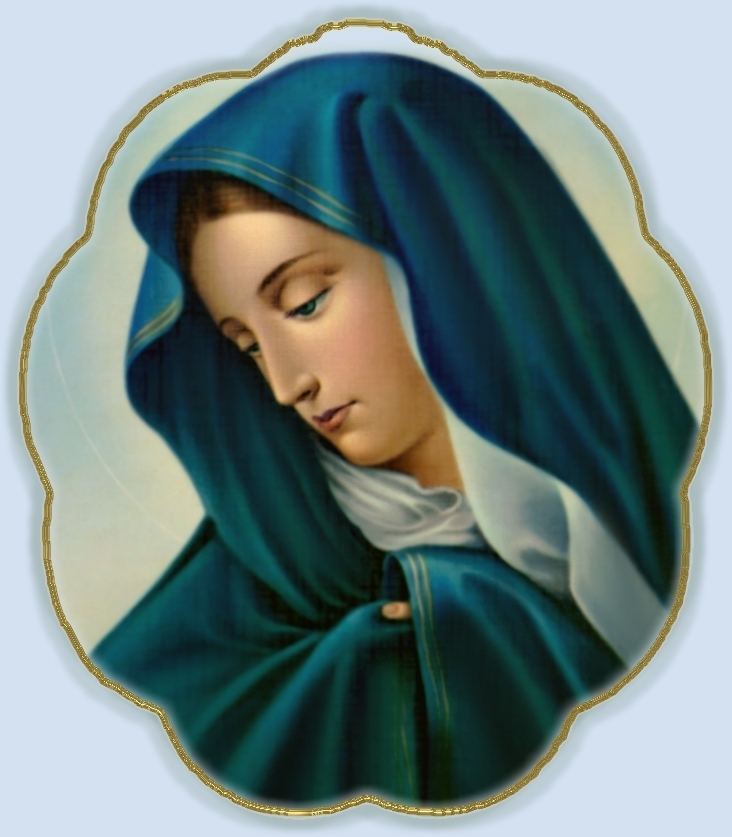
The Seven Sorrows of Mary are a popular Roman Catholic devotion. In common religious Catholic imagery, the Blessed Virgin Mary is portrayed in a sorrowful and lacrimating affect, with seven daggers piercing her heart, often bleeding. Devotional Prayers that consist of meditation began to elaborate on her Seven Sorrows based on the prophecy of Simeon. Common examples of piety under this title are Servite rosary, or the Chaplet of the Seven Sorrows of Our Lady and the Seven Joys of Mary and more recently, "Sorrowful and Immaculate Heart of Mary".

The Feast of Our Lady of Sorrows is liturgically celebrated every 15 of September, while a feast of Friday of Sorrows is observed in some Catholic countries.
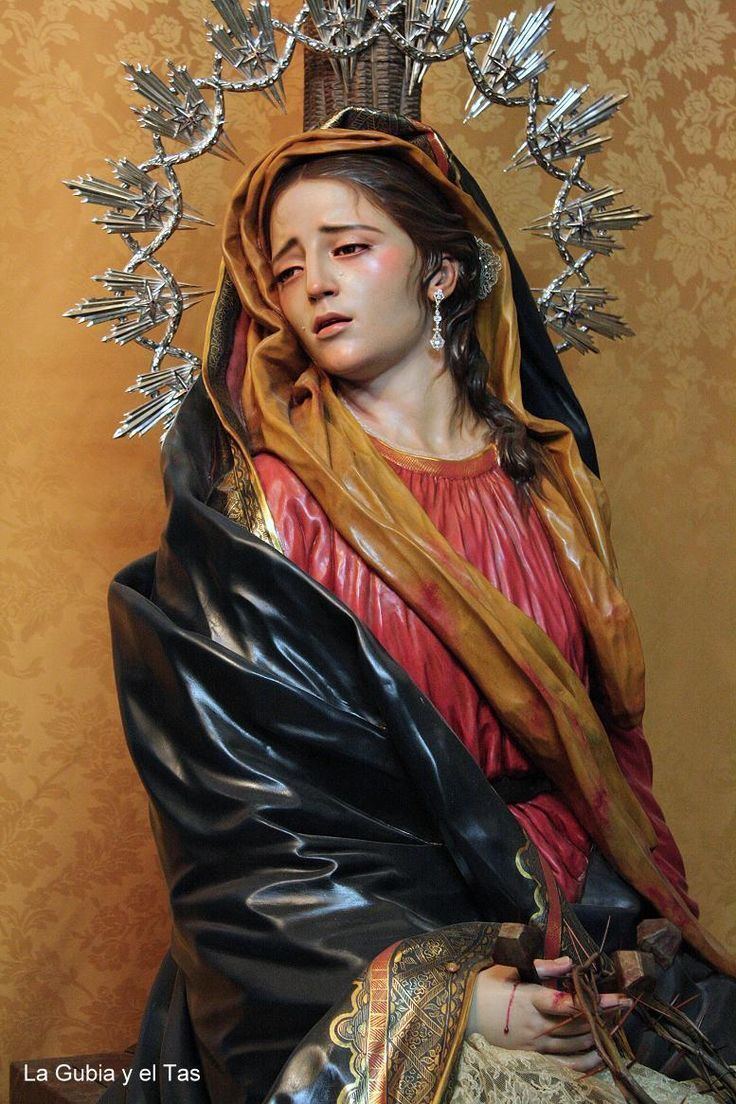
Seven Sorrows of Mary
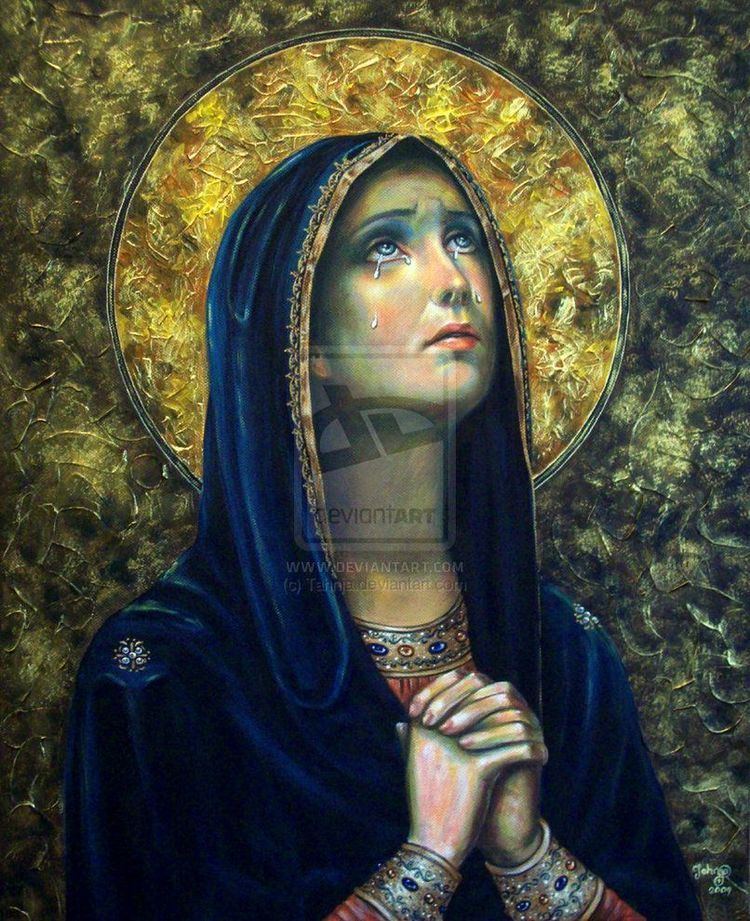
The Seven Sorrows (or Dolors) are events in the life of the Blessed Virgin Mary that are a popular devotion and are frequently depicted in art.
These Seven Sorrows should not be confused with the five Sorrowful Mysteries of the Rosary.
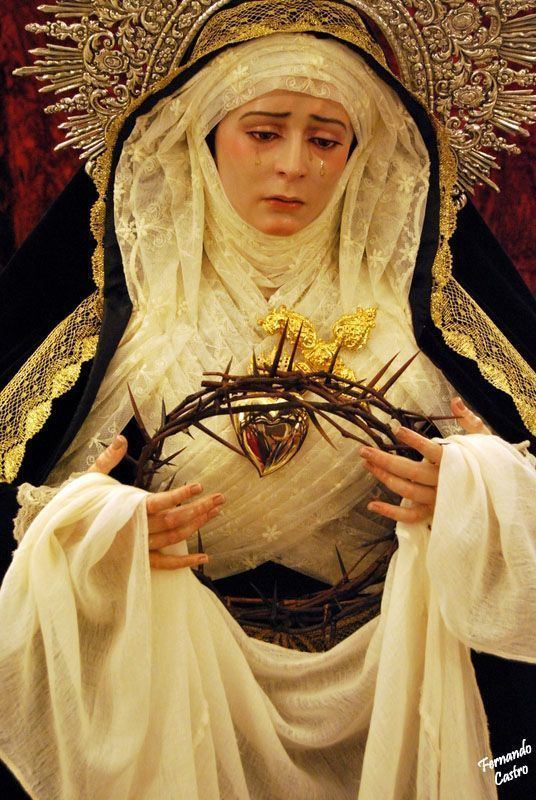
- The Prophecy of Simeon. (Luke 2:34–35)
- The escape and flight into Egypt. (Matthew 2:13)
- The loss of the Child Jesus in the Temple of Jerusalem. (Luke 2:43–45)
- The Meeting of Mary and Jesus on the Via Dolorosa.
- The Crucifixion of Jesus on Mount Calvary. (John 19:25)
- The Piercing of the Side of Jesus, and His descent from the Cross. (Matthew 27:57–59)
- The burial of Jesus by Joseph of Arimathea. (John 19:40–42)
It is a common practice for Catholics to say daily one Our Father and seven Hail Marys for each.
Western Christianity
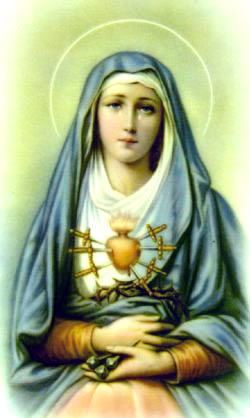
Earlier, in 1233, seven youths in Tuscany founded the Servite Order (also known as the "Servite Friars", or the "Order of the Servants of Mary"). Five years later, they took up the sorrows of Mary, standing under the Cross, as the principal devotion of their order.
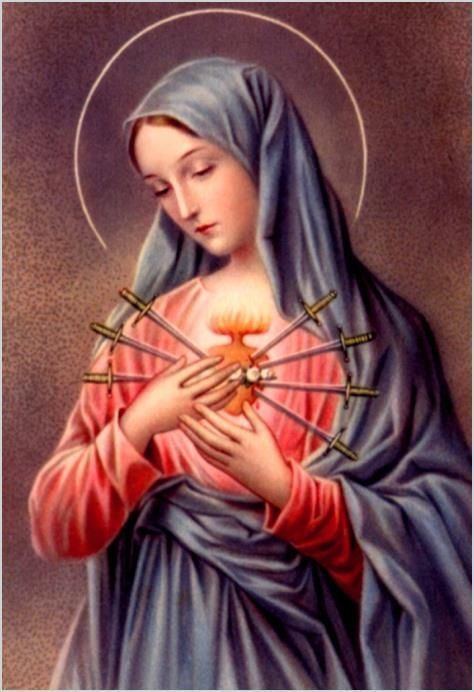
Over the centuries several devotions, and even orders, arose around meditation on Mary's Sorrows in particular. The Servites developed the two most common devotions to Our Lady's Sorrows, namely the Rosary of the Seven Sorrows and the Black Scapular of the Seven Dolours of Mary. The Black Scapular is a symbol of the Confraternity of Our Lady of Sorrows, which is associated with the Servite Order. Most devotional scapulars have requirements regarding ornamentation or design. The devotion of the Black Scapular requires only that it be made of black woollen cloth.
Eastern Christianity
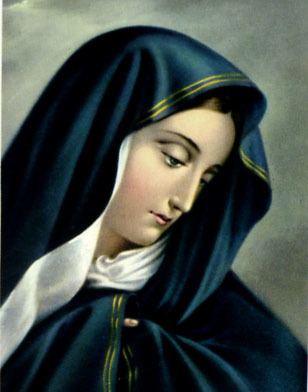
On February 2, the same day as the Great Feast of the Meeting of the Lord, Orthodox Christians and Eastern Catholics commemorate a wonder-working icon of the Theotokos (Mother of God) known as "the Softening of Evil Hearts" or "Simeon's Prophecy".
It depicts the Virgin Mary at the moment that Simeon the Righteous says, "Yea, a sword shall pierce through thy own soul also...." (Luke 2:35). She stands with her hands upraised in prayer, and seven swords pierce her heart, indicative of the seven sorrows. This is one of the few Orthodox icons of the Theotokos which do not depict the infant Jesus. The refrain "Rejoice, much-sorrowing Mother of God, turn our sorrows into joy and soften the hearts of evil men!" is also used.
Our Lady of Compassion
The Feast of Our Lady of Sorrows grew in popularity in the 12th century, although under various titles. Some writings would place its roots in the eleventh century, especially among the Benedictine monks. The first altar to the Mater Dolorosa was set up in 1221 at the Cistercian monastery of Schönau.
The formal feast of the Our Lady of Sorrows was originated by a provincial synod of Cologne in 1423. It was designated for the Friday after the third Sunday after Easter and had the title: Commemoratio angustiae et doloris B. Mariae V. Its object was the sorrow of Mary during the Crucifixion and Death of Christ. Before the sixteenth century this feast was limited to the dioceses of North Germany, Scandinavia, and Scotland.
According to Fr. William Saunders, "... in 1482, the feast was officially placed in the Roman Missal under the title of Our Lady of Compassion, highlighting the great love our Blessed Mother displayed in suffering with her Son. The word compassion derives from the Latin roots cum and patior which means "to suffer with".
After 1600 it became popular in France and was set for the Friday before Palm Sunday. By a Decree of 22 April 1727, Pope Benedict XIII extended it to the entire Latin Church, under the title "Septem dolorum B.M.V.". In 1954, it still held the rank of major double (slightly lower than the rank of the September feast) in the General Roman Calendar. Pope John XXIII's 1960 Code of Rubrics reduced it to the level of a commemoration.
The Seven Dolors of the BVM
In 1668 a second, separate feast was granted to the Servites, for the third Sunday in September. Its object of the seven dolours of Mary. By inserting the feast into the General Roman Calendar in 1814, Pope Pius VII extended the celebration to the whole of the Latin Church. It was assigned to the third Sunday in September. In 1913, Pope Pius X moved the feast to September 15, the day after the Feast of the Cross. It is still observed on that date.
In 1969 the Passion Week celebration was removed from the General Roman Calendar as a duplicate of the feast on 15 September. Each of the two celebrations had been called a feast of "The Seven Sorrows of the Blessed Virgin Mary" (Latin: Septem Dolorum Beatae Mariae Virginis) and included recitation of the Stabat Mater as a sequence. Since then, the 15 September feast that combines and continues both is known as the Feast of "Our Lady of Sorrows" (Latin: Beatae Mariae Virginis Perdolentis), and recitation of the Stabat Mater is optional.
Observance of the calendar as it stood in 1962 is still permitted as an extraordinary form of the Roman Rite, and even where the calendar as revised in 1969 is in use, some countries, such as Malta, have kept it in their national calendars. In every country, the 2002 edition of the Roman Missal provides an alternative collect for this Friday:
In some Mediterranean countries, parishioners traditionally carry statues of Our Lady of Sorrows in processions on the days leading to Good Friday.
Patronage
Our Lady of Sorrows is the patron saint of:
Churches:
Gallery
Our Lady of Sorrows, depicted as "Mater Dolorosa" (Mother of Sorrows) has been the subject of some key works of Roman Catholic Marian art. Mater Dolorosa is one of the three common artistic representations of a sorrowful Virgin Mary, the other two being Stabat Mater and Pietà.
In this iconography, Our Lady of Seven Sorrows is at times simply represented in a sad and anguished mode by herself, her expression being that of tears and sadness. In other representations the Virgin Mary is depicted with seven swords in her heart, a reference to the prophecy of Simeon at the Presentation of Jesus at the Temple.
